This past week, I joined a walking tour organized by the local NGO “Let’s Beautify Kaunas” as part of the Žaliakalnis Neighbors’ Day celebration in Kaunas, Lithuania. The tour focused on one of Kaunas' most architecturally rich neighborhoods — the Kaukas area of Žaliakalnis — and I had the chance to photograph the event as part of my photography internship at a local news portal.
Although I spent most of the walk focused on capturing moments, angles, and perspectives for photos, it was still a beautiful opportunity to get to know a part of Kaunas I’ve never truly explored, despite living here. That’s the magic of this city — even though Kaunas isn’t large, it hides so many charming and historic corners that can surprise you when you least expect it.
The walk began at the Kaukas steps, a historic staircase. This area is officially part of the Kaunas UNESCO zone — a recognition granted to Kaunas' exceptional interwar modernist architecture. The starting point of the tour was a small square featuring a lovely bronze sculpture called “With Love II by artist Evaldas Pauza. The sculpture itself sets a tender, welcoming tone for the neighborhood.
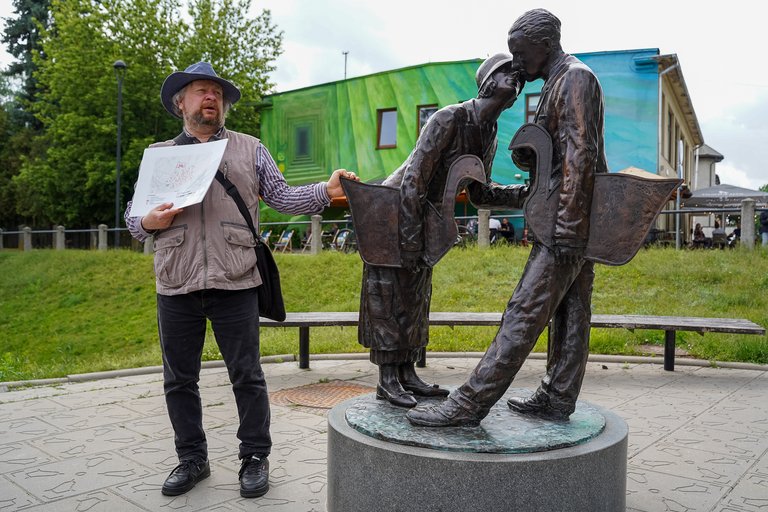
As our small group of around 15 people gathered, our guide — who lives in this part of Žaliakalnis — began to share the stories behind the district. The tour lasted almost two hours, taking us through calm, tree-lined streets filled with buildings, most of which date back to the interwar period. What makes Kaukas truly special is the concentration of modernist architecture — clean lines, elegant proportions, and that functional-yet-beautiful feeling that defines so much of Kaunas' character.
Many of the houses we passed were designed by famous interwar architects. Some of the facades featured beautiful decorative details, rounded balconies, and tall narrow windows — hallmarks of Lithuania’s unique take on modernism.
But it wasn’t just architects who shaped the soul of Kaukas. This area also attracted artists and intellectuals, who lived and created here. Knowing that these historical figures walked these same streets adds an extra layer of connection to the place.
Since I was documenting the event as part of my internship, I didn’t catch all of the historical details (my ears were half-listening while my eyes searched for composition and light!). Still, I got a feel for the neighborhood — its calm elegance, the lush gardens behind metal gates, and how each house seemed to carry a story.
There’s something special about walking through a neighborhood not as a rushed passerby but as an observer — noticing how the sun hits a balcony, the old mailbox on a gate, or how tree shadows fall across a patterned facade. Even if I didn’t take in every word the guide said, the experience made me want to return — this time just to walk slowly, without a camera, and let the stories sink in more deeply.
The tour was timed to lead into the Žaliakalnis Neighbors’ Day celebration, called "This is our yard". Events like this — local, free, community-led — are so valuable. They invite people to connect not only with each other but with the places they live in. I will share photos from this celebration in the next post!
Below I’m sharing some of the photos I took during the walk — moments from the tour, glimpses of the architecture, and details from this peaceful corner of Žaliakalnis. I hope they help you feel the quiet charm of Kaukas, even if you’ve never been to Kaunas.
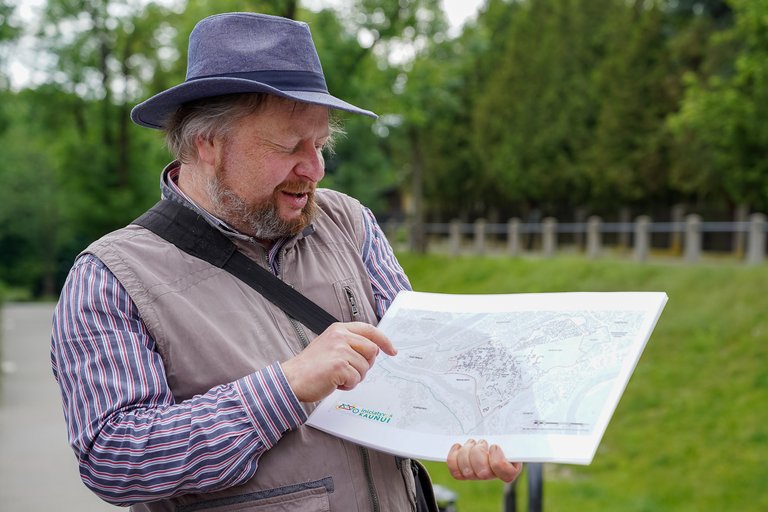
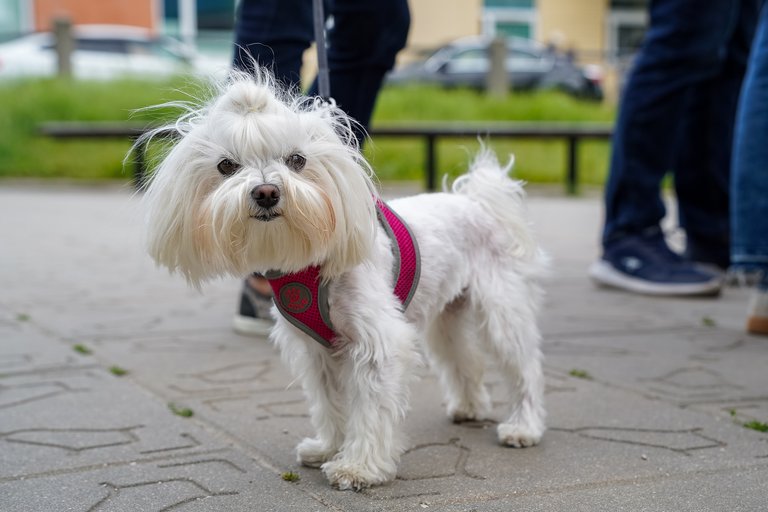




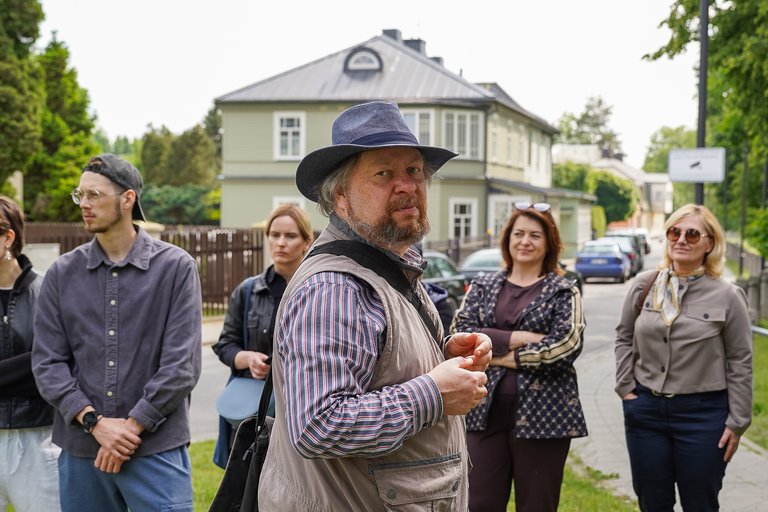


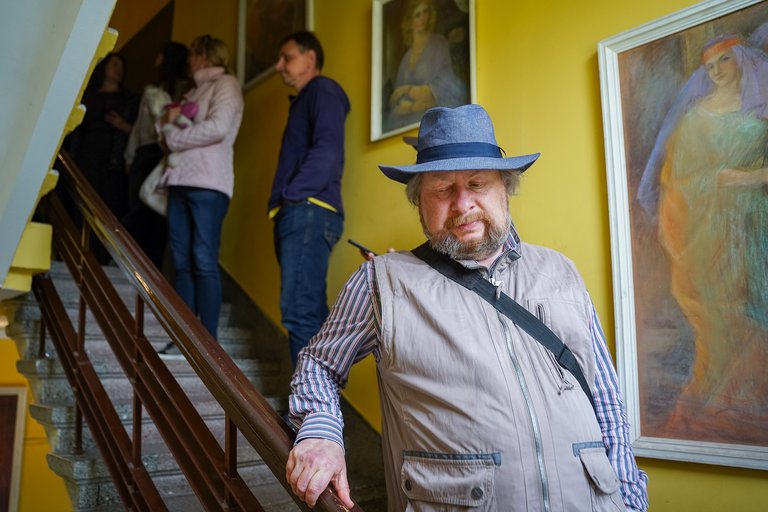




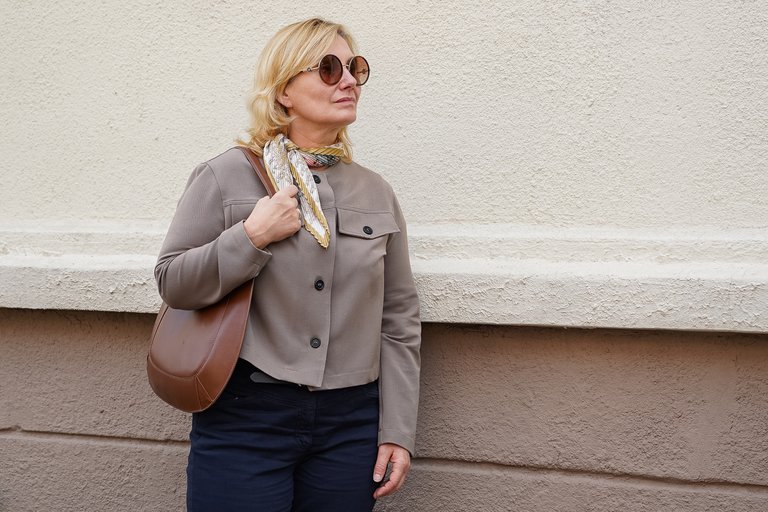
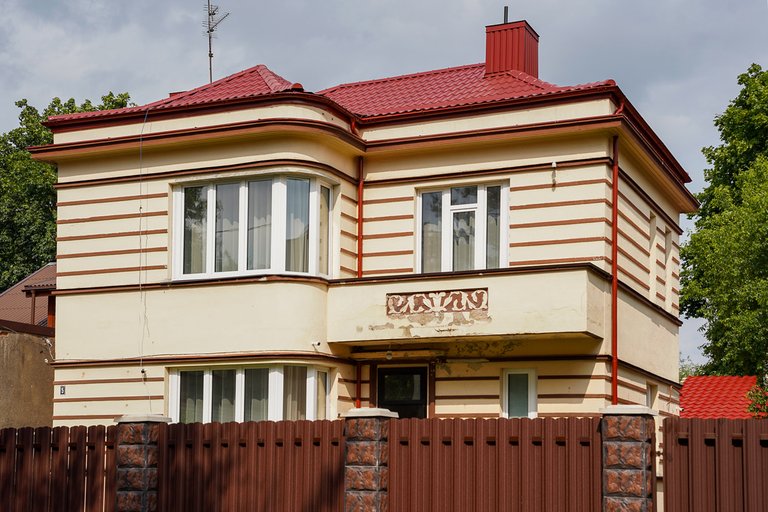
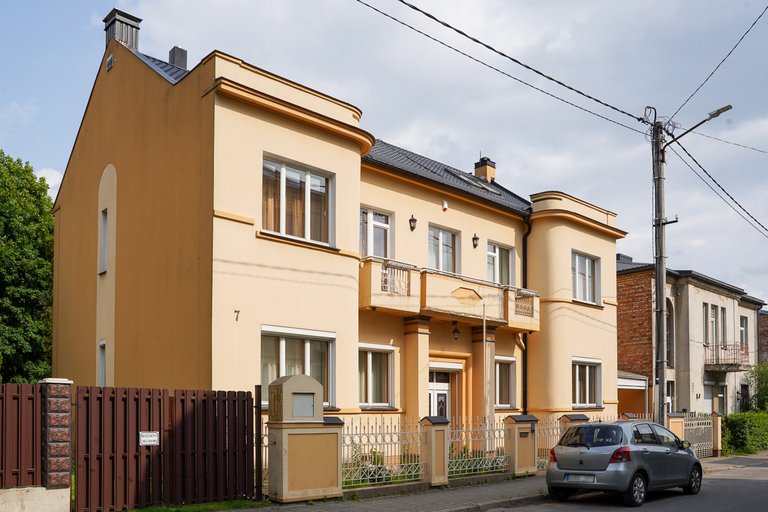
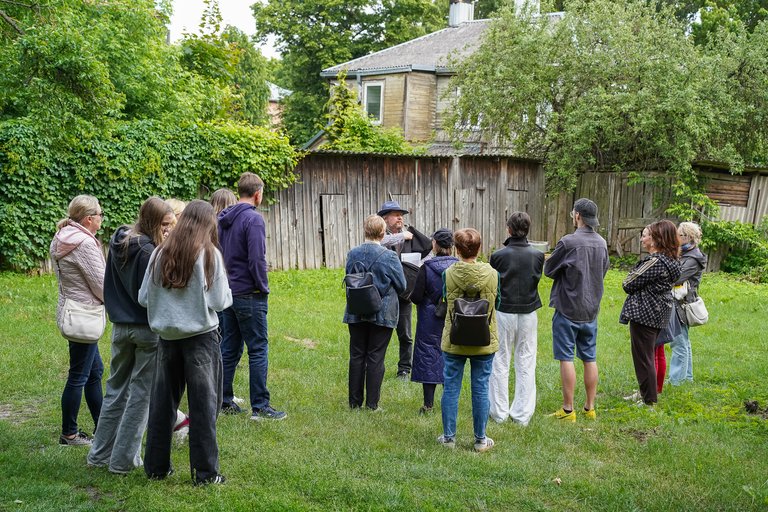



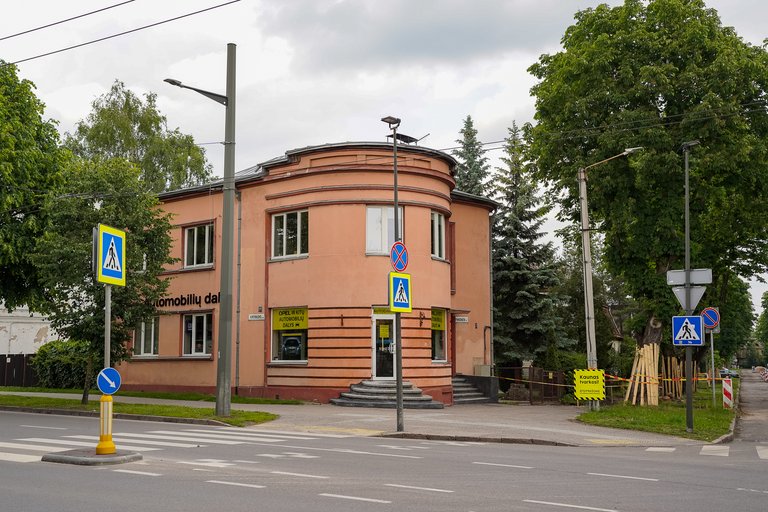
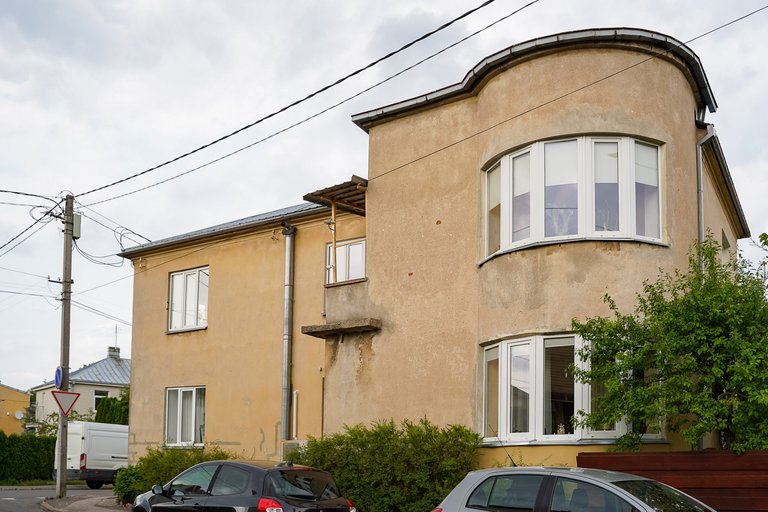



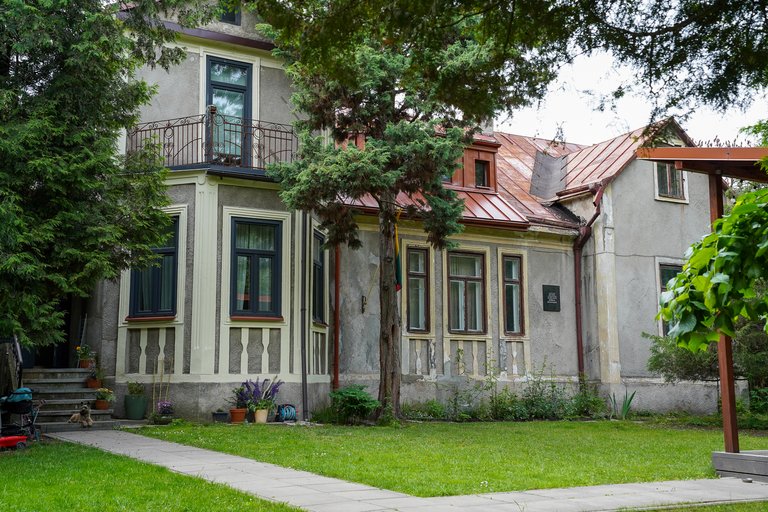


it looks so aesthetic and beautiful
Thank you!
Beautiful pictures from your walk in the neighborhood 😍
Thank you!
You received an upvote ecency
Thank you!